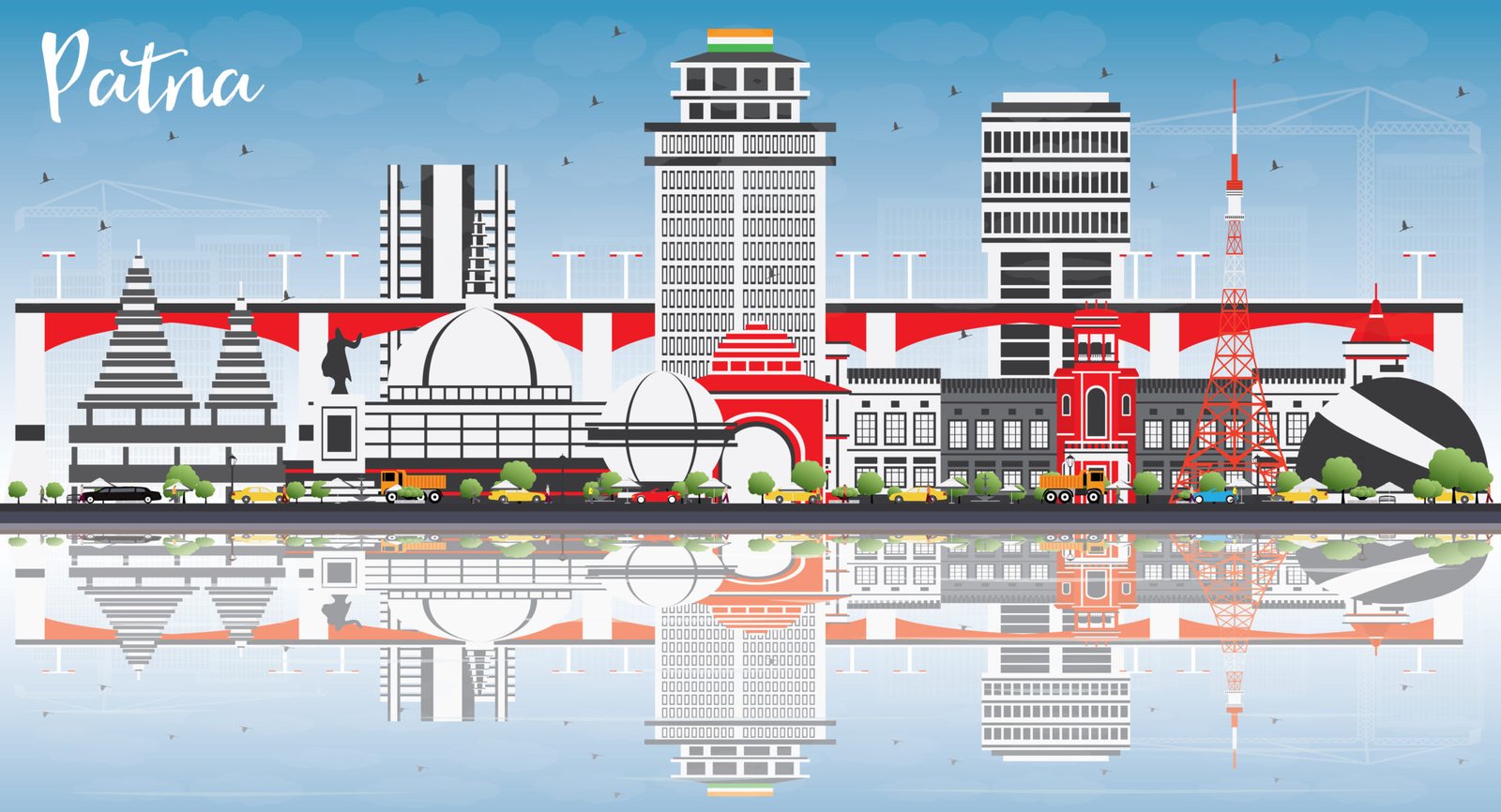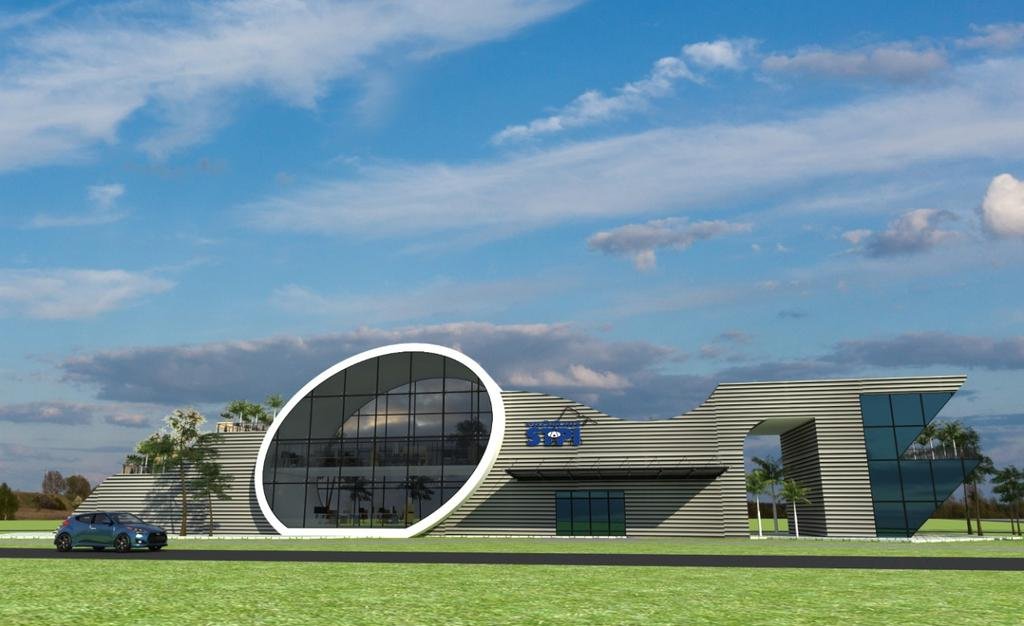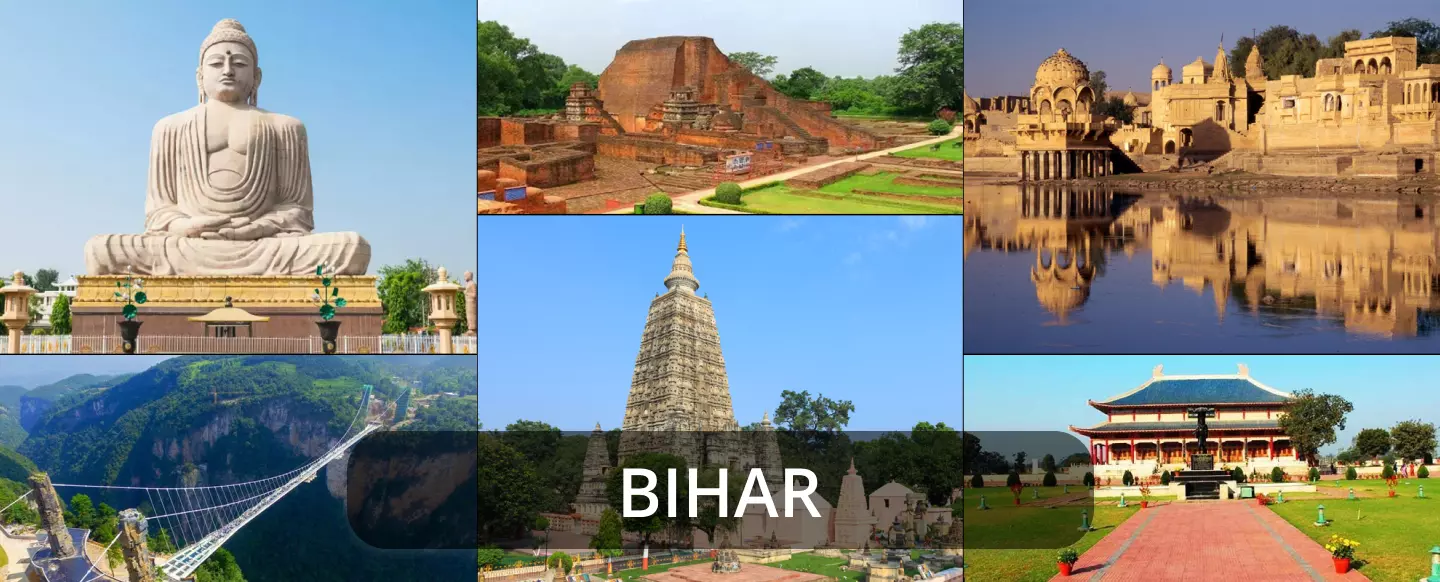
Historical Overview and Current Economic Landscape
Bihar, a state with a rich cultural and historical heritage, has been a significant contributor to India’s historical narrative. From being the epicenter of ancient kingdoms like Magadha and contributing to the spread of Buddhism and Jainism, Bihar has always been pivotal in shaping the regional and national discourse. Despite this illustrious past, the state’s entry into modern industrial development came relatively late.
Agriculture remains the backbone of Bihar’s economy, employing a substantial portion of its populace. The fertile Gangetic plains support a variety of crops, including rice, wheat, and maize, making the state a critical player in India’s agricultural output. Additionally, the handloom and cottage industries, known for producing traditional goods like Madhubani paintings and Bhagalpuri silk, add intricate layers to Bihar’s economic structure.
However, Bihar has faced significant challenges over the years. Political instability and inadequate infrastructure have hindered sustained economic growth. High migration rates have further exacerbated the issue, with a significant portion of the working-age population seeking better opportunities outside the state.
In recent years, there have been notable improvements in governance and infrastructure, bringing a ray of hope to Bihar’s economic landscape. The state’s policy reforms and government initiatives, such as infrastructure development and investment-friendly policies, have begun to create a conducive environment for business growth. Bypasses, highways, and improved rail connectivity are part of these transformative efforts, enhancing transport and logistic efficiencies.
Statistical indicators support this positive trend. For instance, the Gross State Domestic Product (GSDP) of Bihar has shown a consistent upward trajectory in recent years. Case studies of thriving small-scale businesses and industrial initiatives, such as the development of food processing units and eco-tourism projects, underscore the progress Bihar is making. Yet, it is important to recognize the ongoing challenges, including the need for further infrastructural development and skill enhancement programs to fully optimize the state’s human resources.
Key Sectors Driving Growth and Investment Opportunities
Bihar, traditionally known for its agriculture, has transformed into a burgeoning business hub, with various sectors showcasing remarkable growth and significant investment potential. The state’s vibrant economic landscape is supported by strategic initiatives and policies aimed at fostering an investor-friendly environment. Key sectors driving this economic revolution include agriculture and food processing, renewable energy, healthcare, education, and information technology (IT).
Agriculture and Food Processing: As an agrarian state, Bihar’s agriculture sector holds immense potential. The state government has introduced a series of incentives, including subsidies on seeds, fertilizers, and irrigation equipment, to boost productivity and attract investments in food processing. The establishment of agro-industrial parks and cold chain facilities further enhances the value addition and profitability for investors in this sector.
Renewable Energy: Bihar is at the forefront of tapping renewable energy sources. With a focus on solar and biomass energy, the state offers attractive incentives such as capital subsidies, tax exemptions, and tariff concessions to renewable energy projects. This sector has seen major developments, with new solar power plants coming up and rural electrification programs receiving a significant boost.
Healthcare: Investment in healthcare is another vital area, where the state government has facilitated numerous public-private partnerships to develop healthcare infrastructure. Policies supporting medical device manufacturers, private hospitals, and health tech start-ups have made this sector lucrative for investors. The emergence of specialized healthcare facilities and telemedicine centers are catalyzing Bihar’s healthcare growth.
Education: Education is a critical driver of Bihar’s economic progress. The state has rolled out policies aimed at improving educational infrastructure and attracting private investment in educational institutions. Initiatives like school modernization programs, incentive-based teacher training, and the promotion of e-learning platforms are some of the measures undertaken to enhance the education sector.
Information Technology: The IT sector has seen robust development, driven by the state government’s focus on digital infrastructure and skill development. Bihar’s IT policy offers subsidies on land and capital, eased regulatory procedures, and support for start-ups. The development of IT parks and incubation centers in cities like Patna is attracting national and international tech companies.
Key infrastructure projects are pivotal to these sectors’ growth. The implementation of various industrial parks, expansion of the road network, and improvement in power facilities are progressively transforming Bihar’s business landscape. Success stories of enterprises thriving in Bihar, like the flourishing of the IT sector in Patna with companies providing innovative solutions, exemplify the favorable investment climate.




